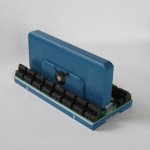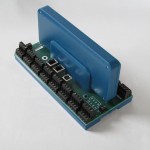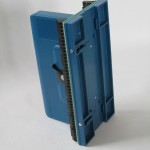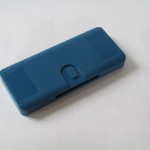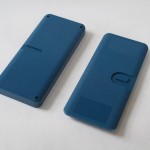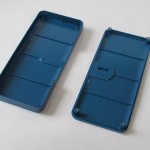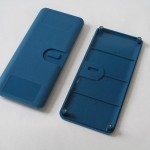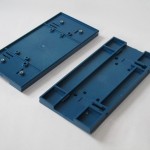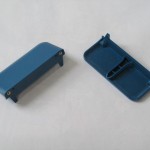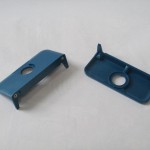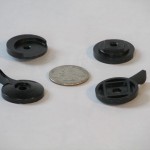Antimicrobial materials reduce the chance of infection significantly. This is especially useful in medical devices molded with this material. Healthcare acquired infections, or HAIs, are a statistic that can cause alarm in the healthcare community so it is meticulously tracked to make sure products are safe for use.
The U.S. Department of Health & Human Services launched a goal in 2011 to decrease the rate of HAIs by 40% compared to the previous years numbers, with an ultimate goal of eliminating all HAIs. Devices like in-dwelling urinary or vascular access catheters, IV components, wound dressings, medical equipment, and implantable devices are all using antimicrobial materials in production.
The challenge is finding a way to keep the devices antimicrobial for the lifetime of the product. Silver is a widely used coating and is known to kill over 99.99% of bacteria within 24 hours of contact. It remains effective over the lifetime of the product. Newly advanced polymers are also being made with antimicrobial agents embedded in the resin itself.
Antimicrobial resins have been developed than can kill the most deadly infections, including MRSA, a most resistant and potentially deadly bacterial infection often found in hospitals.

